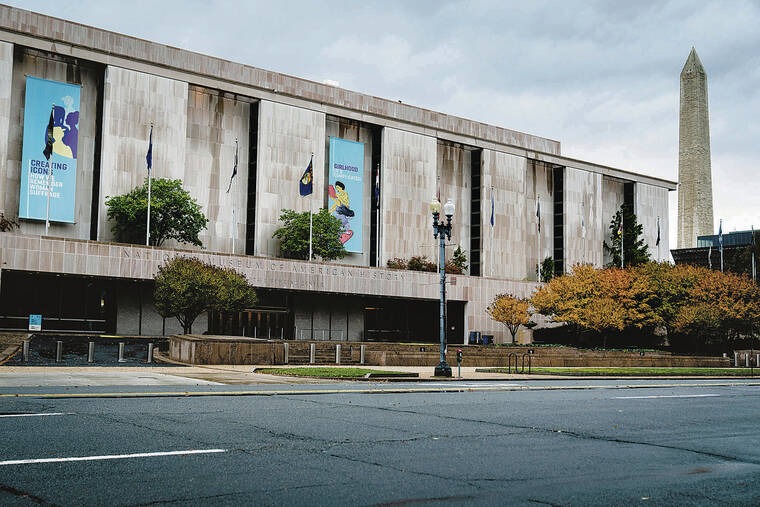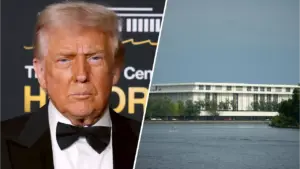
The National Park Service and the Smithsonian Institution have been instructed to eliminate signage that “inappropriately disparages Americans past or living.” This directive raises questions about the broader implications of how historical figures, especially political opponents, are portrayed in public spaces.
In a recent letter to the editor published in the *Honolulu Star-Advertiser*, resident John Sharp from Mililani emphasized the importance of maintaining a respectful discourse regarding past administrations. Sharp argued that vilifying predecessors is neither appropriate nor tasteful, suggesting that this policy should extend to how political figures are discussed in contemporary contexts.
The directive to remove such signage aligns with a growing trend among institutions to foster a more inclusive narrative that reflects a diverse range of perspectives. However, the call for consistency in this policy brings attention to how historical figures are represented and the potential impact of their portrayal on public discourse.
There is an ongoing debate about the role of historical interpretation in national narratives. The challenge lies in balancing the need to acknowledge past mistakes while also honoring the contributions of those who have served in various capacities. Sharp’s letter serves as a reminder that history should be approached with a critical yet respectful lens.
The *Honolulu Star-Advertiser* welcomes public opinions on this matter and has provided channels for community members to express their views. Letters to the editor can be submitted up to 150 words, while guest columns can range from 500 to 600 words. Those interested in participating are encouraged to include their name, address, and daytime phone number to ensure clarity and credibility.
As the National Park Service and the Smithsonian work to implement this removal directive, the conversation about the portrayal of historical figures and the implications for future generations continues to evolve. The emphasis on respectful dialogue reflects a significant cultural shift towards understanding and acknowledging the complexities of history.
This ongoing dialogue not only shapes how institutions present their narratives but also influences how citizens engage with their collective past. The decision to remove potentially disparaging signage is more than a simple policy change; it is part of a larger effort to ensure that history is presented in a way that fosters understanding and respect among all Americans.






